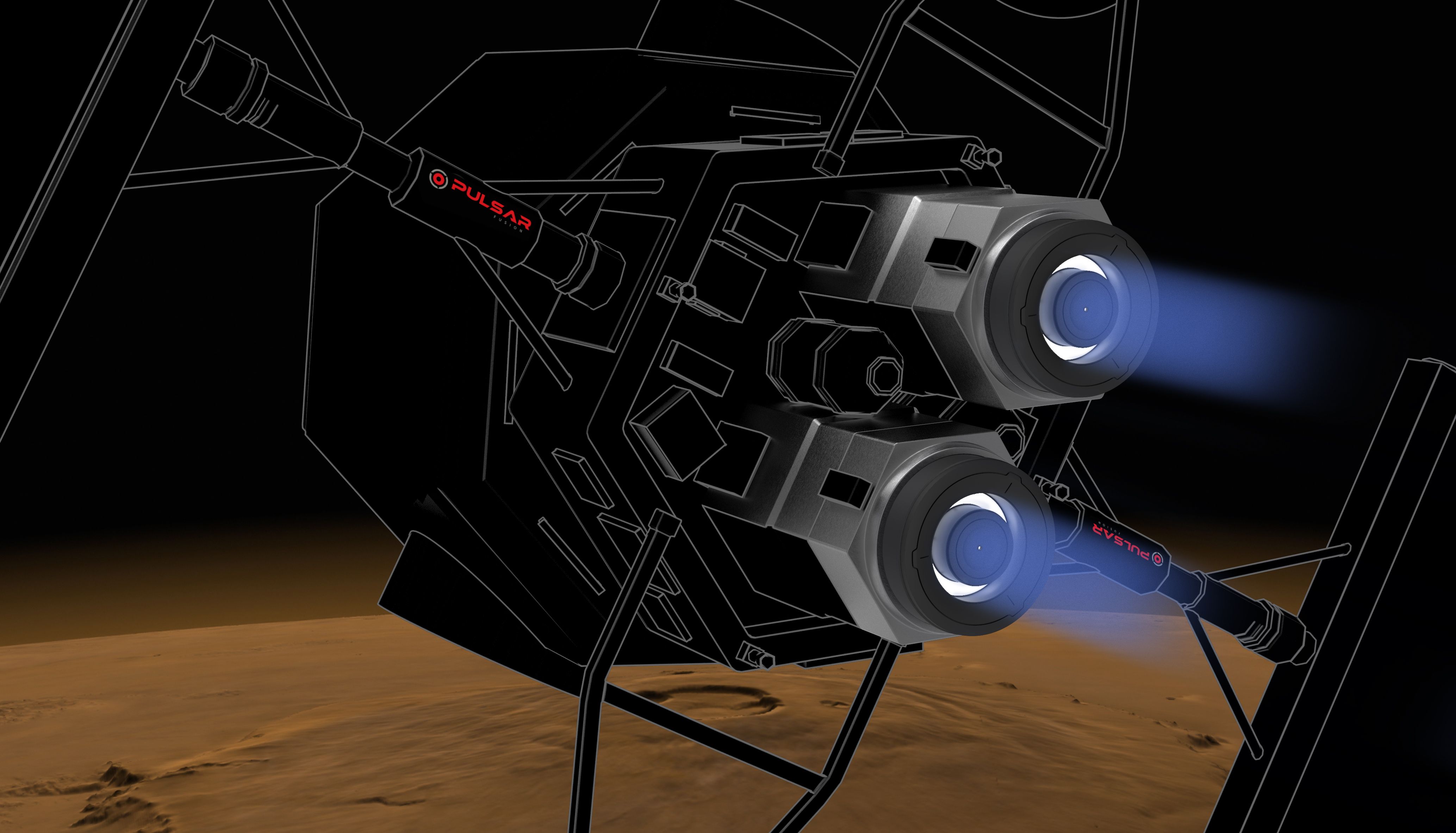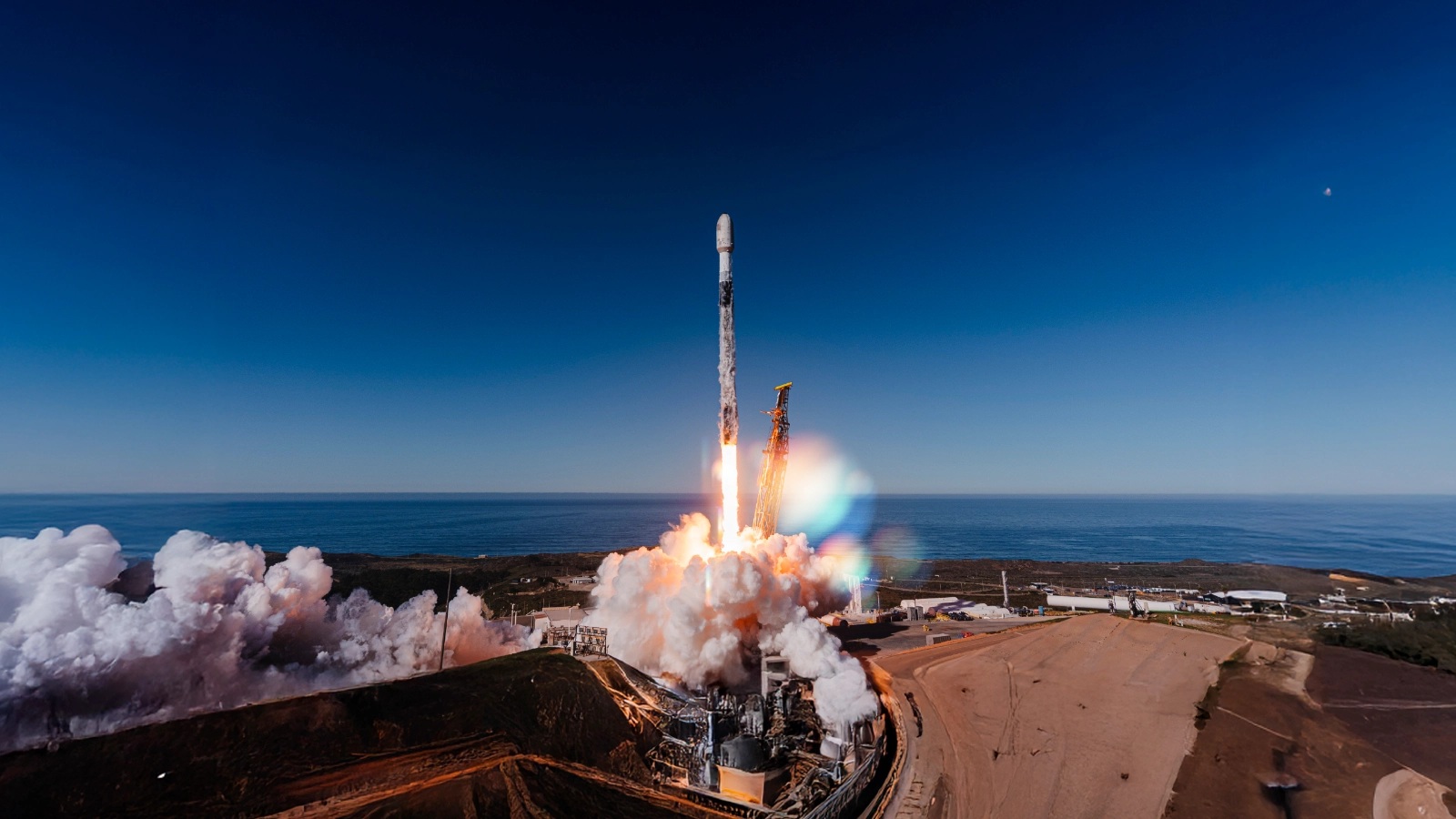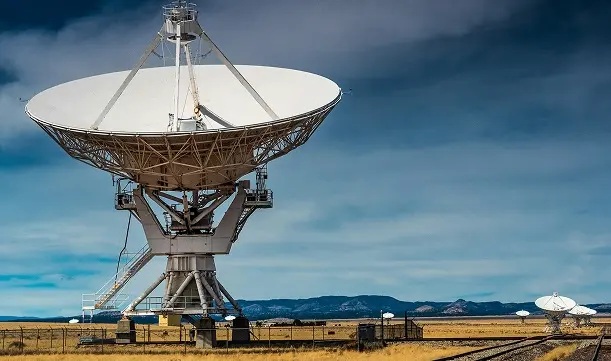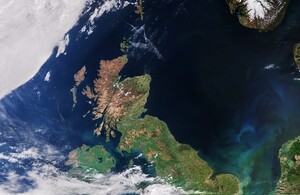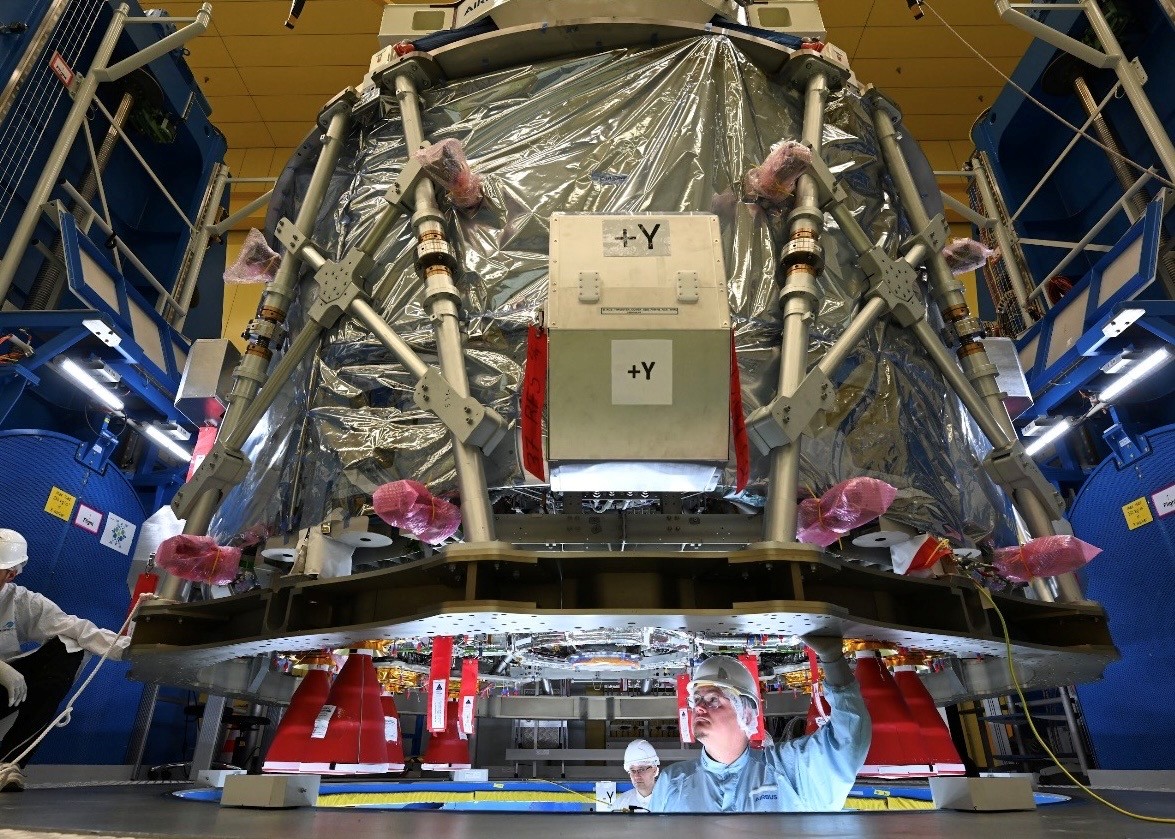Surrey NanoSystems and University of Surrey partner to combat satellite reflectivity
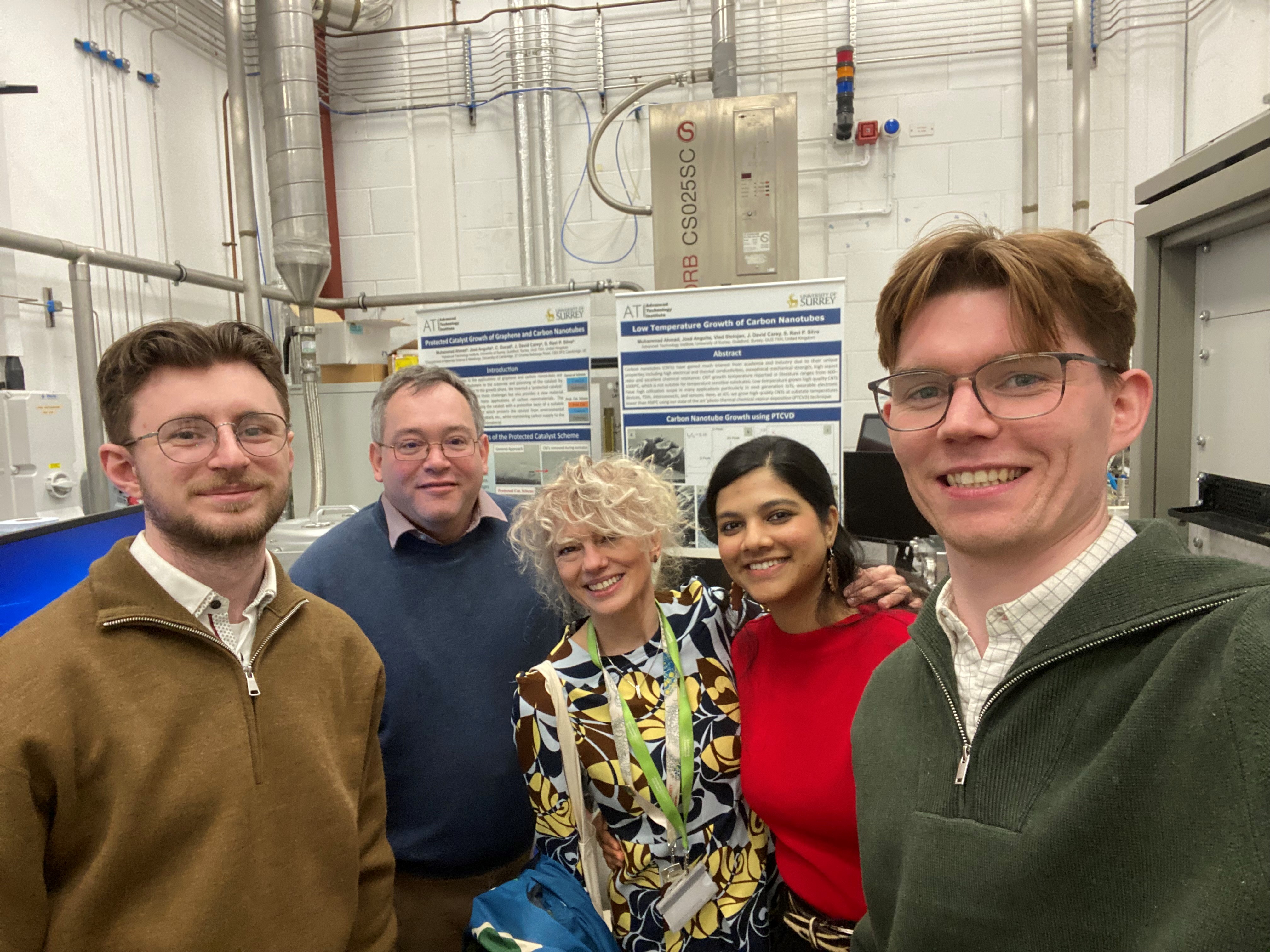
Above: (left to right): James Whitfield, Dr Jose Anguita, Dr Noelia Noel, Astha Astha and Dr Keiran Clifford.
Courtesy University of Surrey
More than 8,000 low Earth orbit (LEO) satellites already orbit Earth, and projections estimate a rise to 60,000 by 2030, partly driven by the development of mega-constellations. The rate of growth means the issue of light reflecting from satellites back to Earth is pressing for astronomers and stargazers, as images from the Vera C Rubin Observatory in Chile have highlighted.
To combat this problem, satellite operators have begun experimenting with mitigation strategies, including dark coatings and changes to satellite position, though the negative impact on ground-based measurement persists. Surrey NanoSystems, with a heritage in ultra-black technologies, have developed an innovative new solution, Vantablack 310, which is a handleable, customer-applied coating, resistant to the challenging LEO environment.
The technology will be trialled on Jovian 1, the first satellite mission from JUPITER – the Joint Universities Programme for In-Orbit Training, Education and Research. The mission, scheduled to launch in 2026, will carry payloads from the Universities of Surrey, Portsmouth and Southampton, AMSAT-UK and one designed, built and tested by students from the three universities, giving them invaluable hands-on space industry experience.
One side of the shoebox-sized CubeSat will be coated with Vantablack 310, marking the first UK-led initiative to explore solutions for reducing satellite brightness. The initiative aims to not only improve space sustainability but also demonstrate the efficacy of Vantablack 310 as a hull-darkening solution. Researchers from the University of Surrey are developing ways to evaluate the experiment from Earth.
Dr Keiran Clifford, Senior Technologist and project lead at Surrey Nanosystems, said: “The proliferation of satellite constellations is expected to bring huge societal benefits in technology areas, including global communication and remote sensing. Unfortunately, the current brightness of these satellites severely disrupts ground-based astronomy.
“Our latest coating technology, Vantablack 310, offers super-black performance across a wide range of viewing angles, while remaining robust to the challenging LEO environment. We’re proud to be working with our partners at the University of Surrey to deliver innovations in the satellite sector, ensuring sustainable and equitable access to a night sky for all.”
Astha Astha, the postgraduate astrophysics researcher at the University of Surrey who will develop tests to measure how much Vantablack 310 reduces light pollution when viewed from Earth, said: “Studies show that satellite mega-constellations could increase sky brightness by up to 1% in the worst-affected regions, posing a serious threat to astronomical observations and dark sky preservation. Our project directly tackles that challenge by exploring innovative ways to reduce satellite reflectance. It brings together key areas of Surrey’s expertise — astrophysics, space engineering, and nanotechnology — with Surrey NanoSystems, which itself spun out of the University’s Advanced Technology Institute.”
The relationship between Surrey NanoSystems and the University of Surrey is deeply rooted in research and innovation. As a spinout company in 2006, Surrey NanoSystems leveraged the University's expertise in nanomaterials and advanced manufacturing techniques to develop its groundbreaking Vantablack technologies.






